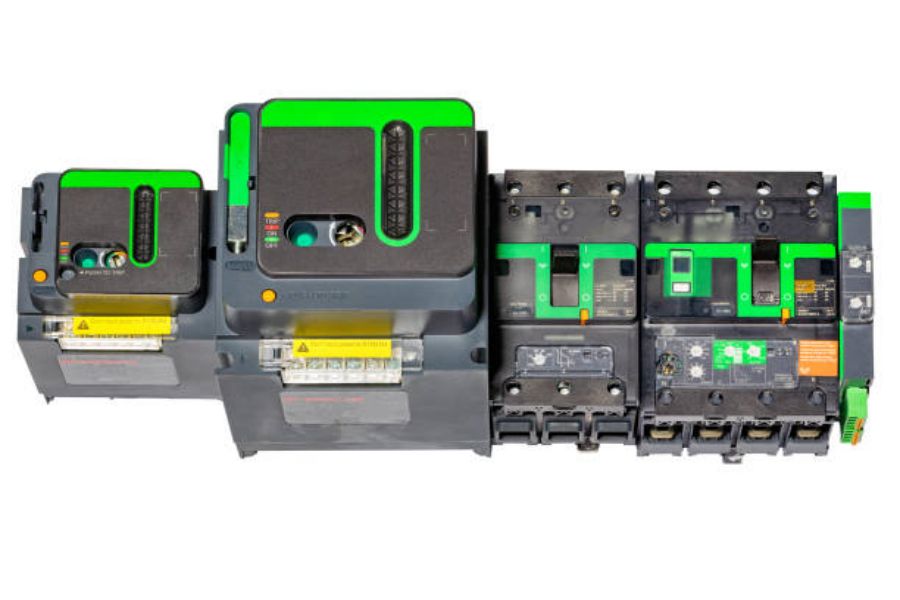Table of Contents

The Importance of ac unit contactor replacement
When it comes to the functionality of your air conditioning unit, the contactor plays a crucial role. The contactor is an electromechanical device that controls the flow of electricity to different components of the AC unit. Over time, due to wear and tear, contactors may become faulty and require replacement. In this article, we will explore the various aspects of AC unit contactor replacement, including its importance, signs of a faulty contactor, the replacement process, and more.
Why is AC Unit Contactor Replacement Important?
The contactor in an AC unit acts as a switch that allows the flow of electricity to different components such as the compressor, fan motor, and condenser. As it controls the electrical current, a faulty contactor can disrupt the functioning of your air conditioning system. Regular maintenance and timely replacement of the contactor can help ensure efficient cooling and prevent potential breakdowns.
Signs of a Faulty Contactor
Identifying the signs of a faulty contactor is essential to prevent further damage to your AC unit. Here are some common indicators that may suggest a contactor replacement:
- AC unit not turning on
- AC unit not cooling or heating properly
- Frequent tripping of circuit breakers
- Unusual buzzing or humming sounds coming from the unit
- Visible signs of wear and tear, such as burnt or pitted contacts
The Replacement Process
Replacing an AC unit contactor is a task best left to professionals. Here is a general overview of the replacement process:
- Turn off the power: Before starting any work on the AC unit, it is crucial to turn off the power supply to avoid electrical hazards.
- Locate the contactor: The contactor is typically located inside the electrical compartment of the AC unit. It is a rectangular-shaped device with multiple wires connected to it.
- Disconnect the wires: Carefully disconnect the wires connected to the faulty contactor. Take note of the wire placement or take pictures to ensure proper reconnection later.
- Remove the old contactor: Unscrew or unclip the old contactor from its position.
- Install the new contactor: Place the new contactor in the same position and secure it properly.
- Reconnect the wires: Attach the wires to the corresponding terminals of the new contactor.
- Test the unit: Turn on the power supply and test the AC unit to ensure proper functioning.
- Regular maintenance: Schedule regular maintenance checks to keep your AC unit in optimal condition and prevent future contactor issues.
Choosing the Right Contactor
When selecting a replacement contactor for your AC unit, it is crucial to choose one that matches the specifications of your system. Consider factors such as voltage rating, current rating, and the number of poles. If you are unsure about the appropriate contactor for your unit, consult a professional HVAC technician who can guide you in making the right choice.
Professional Assistance for Contactor Replacement
While replacing a contactor may seem like a simple task, it is always recommended to seek professional assistance. HVAC technicians have the expertise and experience to handle electrical components safely and efficiently. They can also inspect the rest of your AC unit for any underlying issues that may contribute to contactor failure.
Conclusion
AC unit contactor replacement is a crucial aspect of maintaining the functionality and efficiency of your air conditioning system. Regular inspection, timely replacement, and professional assistance can help prevent potential breakdowns and ensure optimal cooling. If you notice any signs of a faulty contactor, it is important to take action promptly to avoid further damage and discomfort. By prioritizing contactor replacement and regular maintenance, you can enjoy a comfortable indoor environment all year round.
